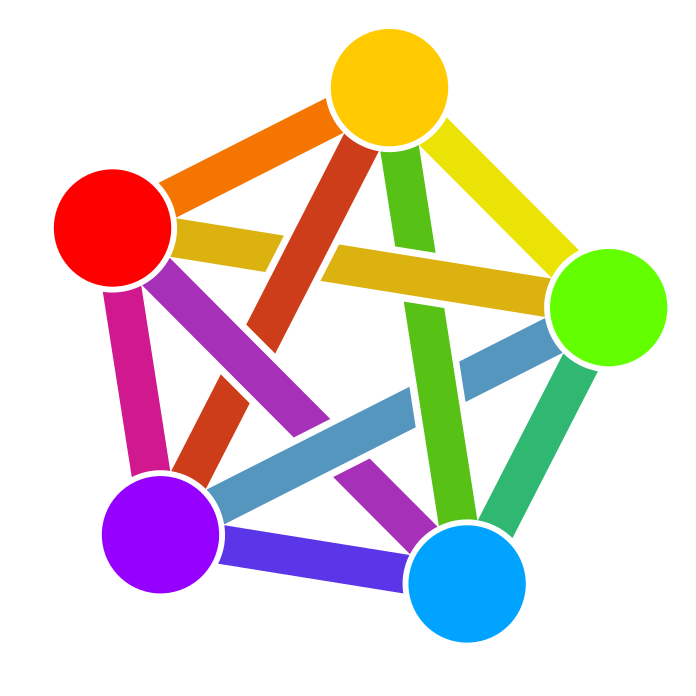

AIs don’t judge, don’t remember and don’t hold anything against me, so I’d rather have an AI screening my stuff than a human - especially my superiors.
And yes, I trust an AI I run myself. I know they don’t phone home (because they literally can’t) and don’t remember anything unless I go through the effort to connect something like a Chroma or Weaviate vector database, which I then also host and manage myself. The beauty of open source. I would certainly never accept using GPT-4 or Bard or some other 3rd party cloud solution for something this sensitive.




Ubiquity stuff is entirely on-premises, their (optional) cloud service is strictly for auth and remote access. Highly recommended, not just for the privacy conscious. Their ecosystem is also relatively affordable (compared to Aruba and Ruckus) and a joy to setup and maintain. No subscriptions or recurring fees.